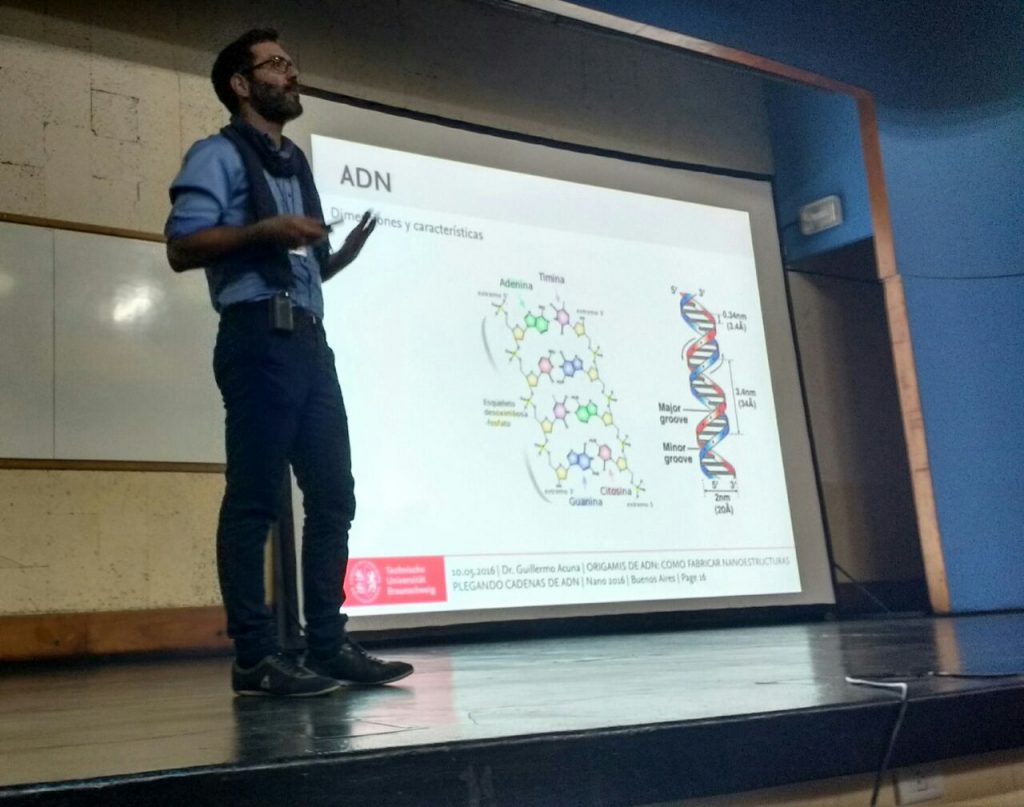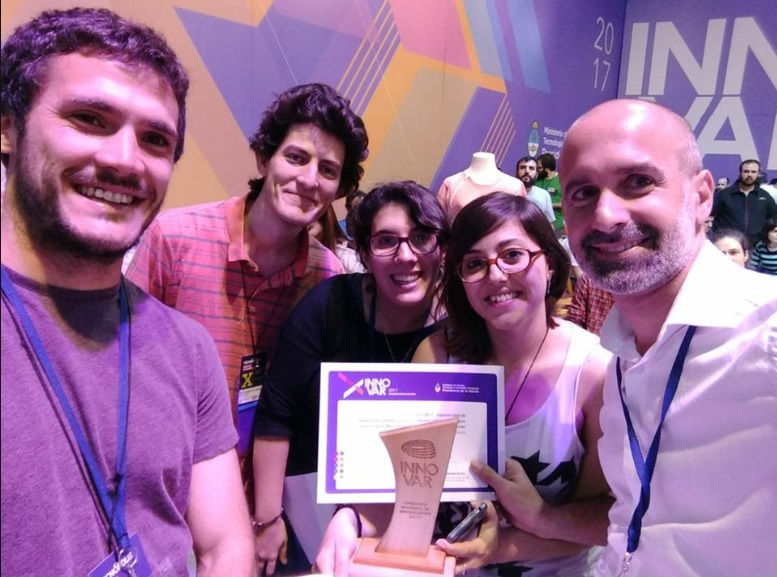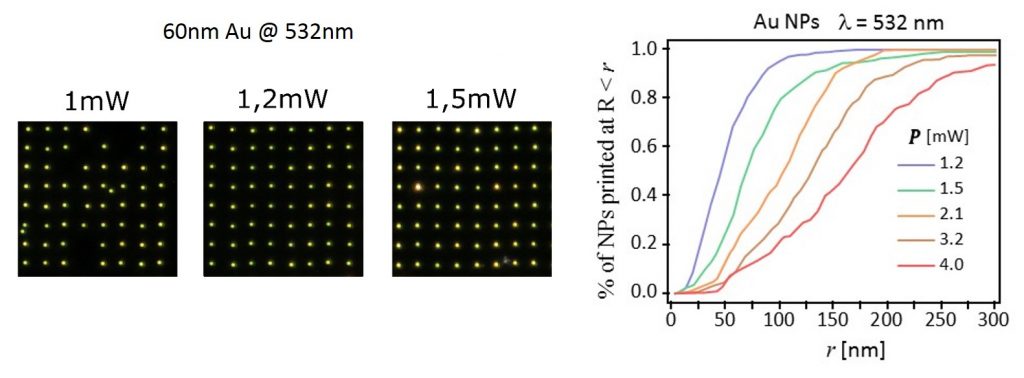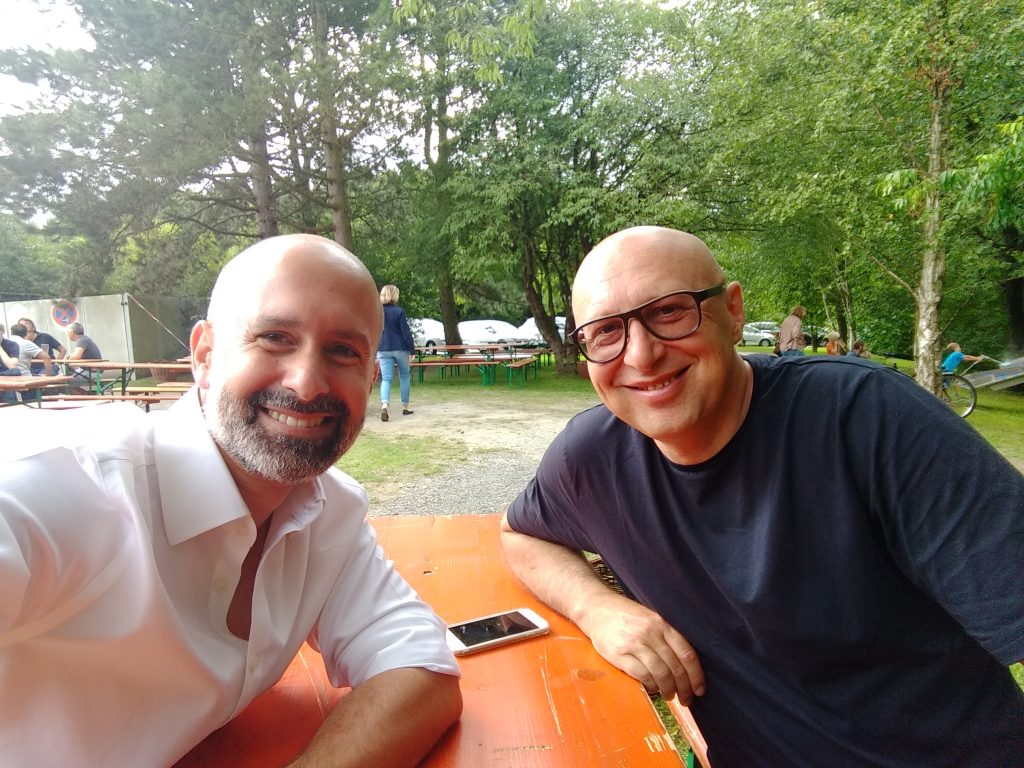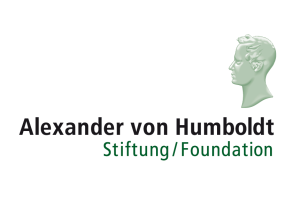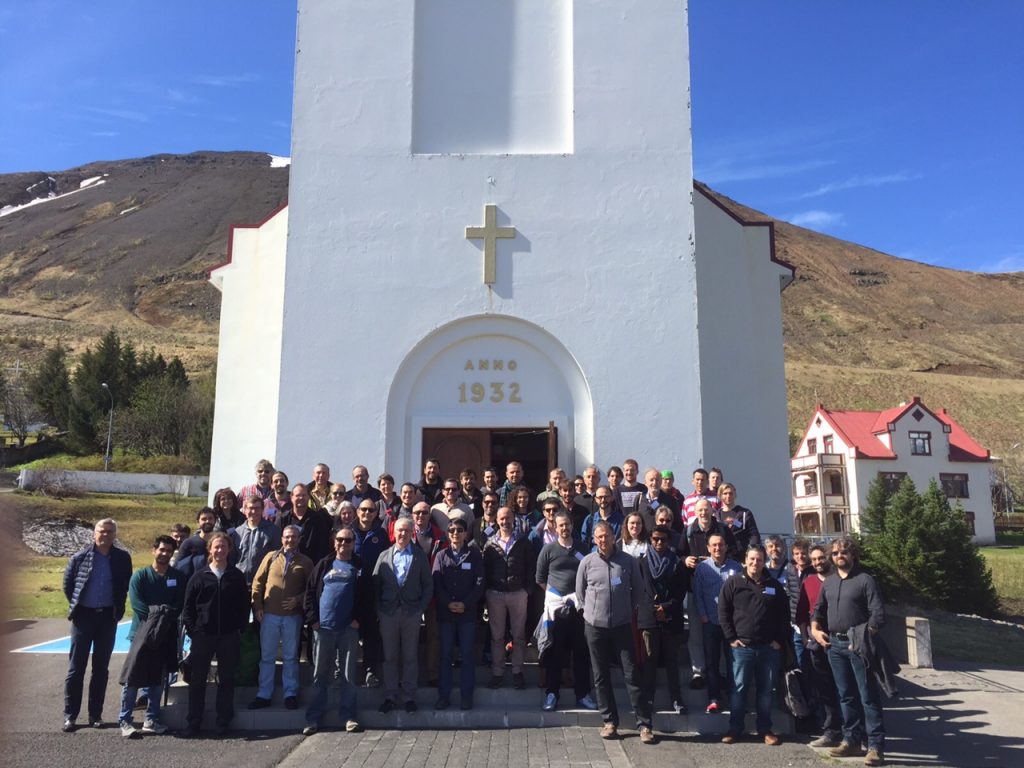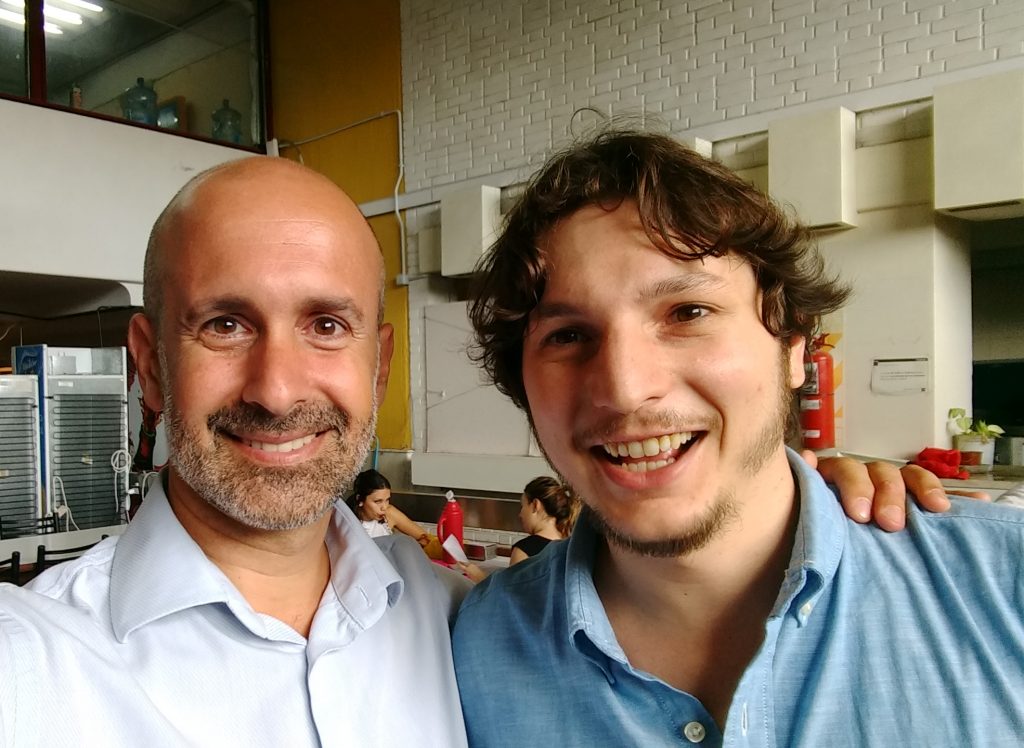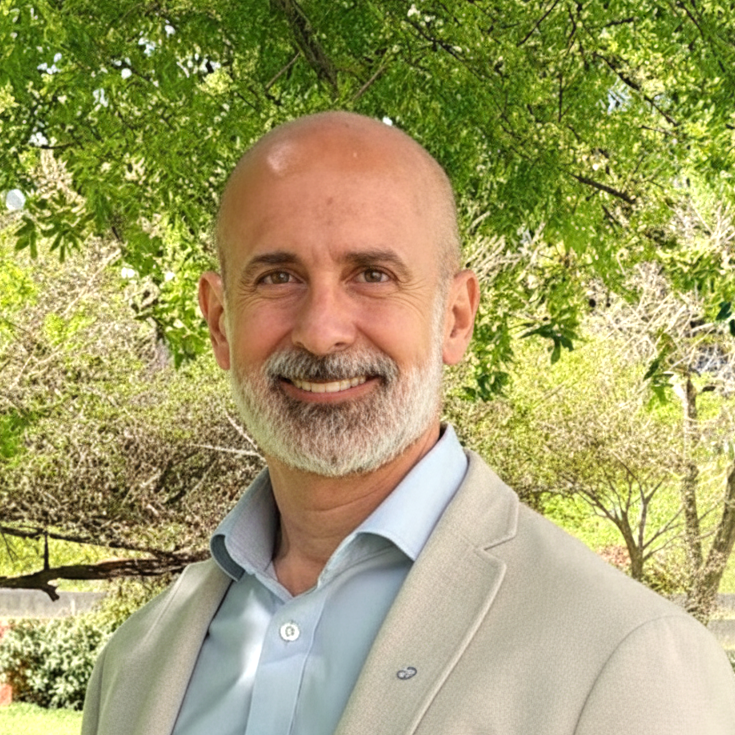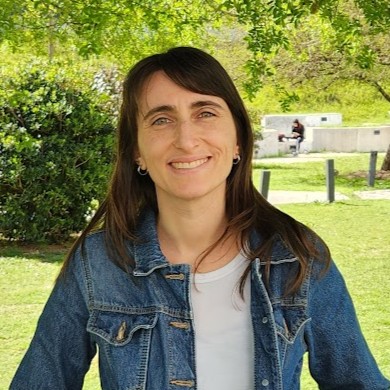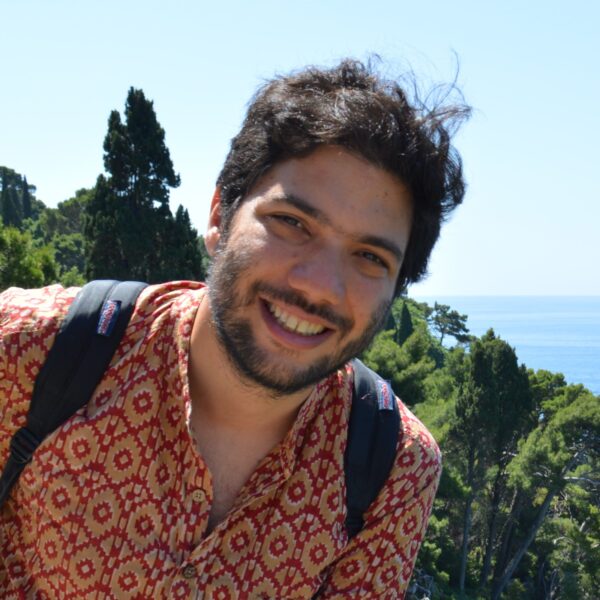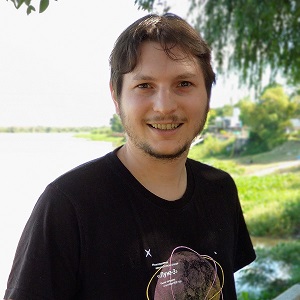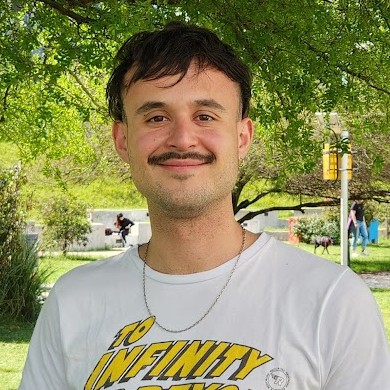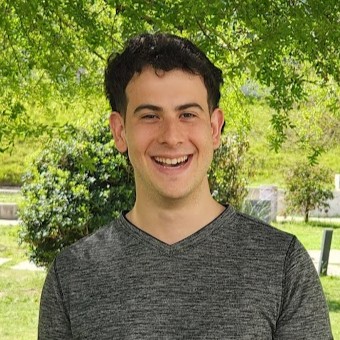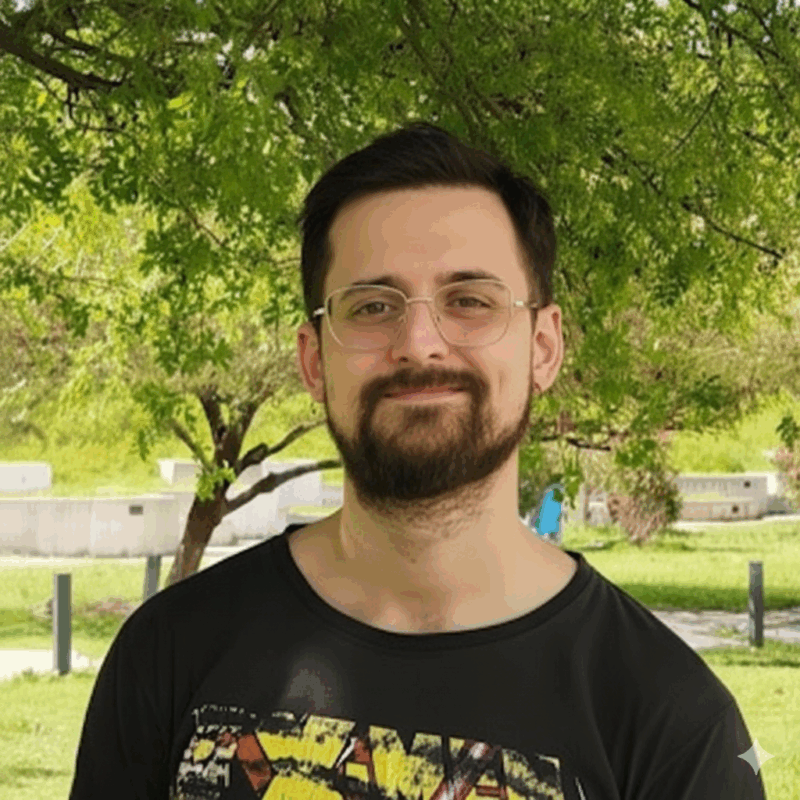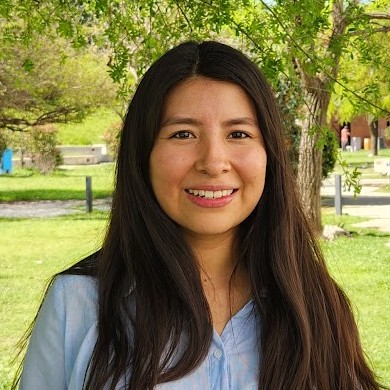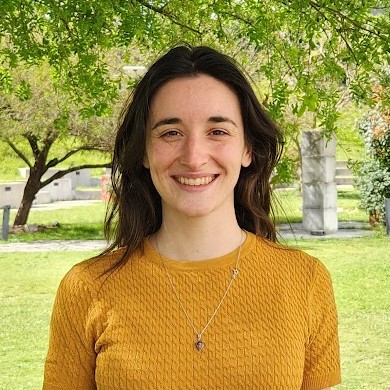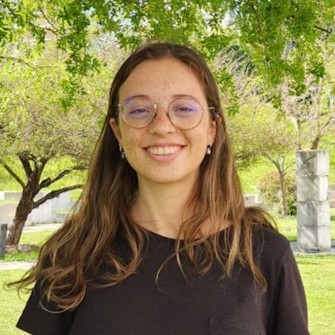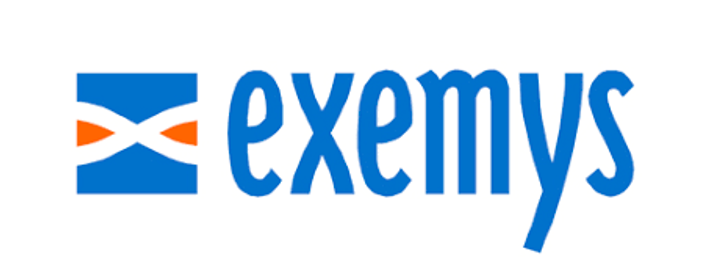Center for Bionanoscience Research (CIBION), National Scientific and Technical Research Council (CONICET)
Physics Department, Faculty of Exact and Natural Sciences, University of Buenos Aires (UBA)
Using optical methods, we explore the properties and technological applications of nanoparticles, single molecules, nanostructured materials, supramolecular assemblies, biological and hybrid nanosystems.
The Applied nanoPhysics Group was launched in October 2009 at the Physics Department, Faculty of Exact and Natural Sciences, of the University of Buenos Aires (UBA)
In 2012 we moved our labs to the Center for Bionanoscience Research (CIBION) of the National Scientific and Technical Research Council (CONICET), while Prof. Stefani still holds his position at the Physics Department of the University of Buenos Aires.
CURRENT RESEARCH ACTIVITIES
Fluorescence nanoscopy.
Super-resolution fluorescence microscopy, also known as fluorescence nanoscopy, has revolutionized biological imaging because they provide deep sub-wavelenght spatial resolution while keeping the low-invasiveness of far-field optical interrogation. We apply and optimize well-established methods like STED and STORM, and develop new ones, such as MINFLUX, and open-source software for fluorescence nanoscopy. With them, we address questions of cellular and neuronal biology.
Optical printing colloidal nanoparticles.
Colloidal chemistry enables the fabrication of nanoparticles of different shapes, sizes and material compositions, that exhibit unique physical and chemical properties, inexistent in bulk materials. In order to make use of those properties in devices and circuits, it is necessary to develope methods to bring the colloidal nanoparticles from the liquid phase to specific locations of solid substrates. We address this challenge using optical forces.
Self-assembled Nanophotonic Devices.
Semiconductor-based devices are approaching intrinsic limits of speed and heat dissipation.
Optical devices are faster and practically loss-less, but their size miniaturization is limited by the wavelength of light. Nanophotonics and Plasmonics deals with the manipulation of light at the nanoscale. We investigate light-matter interaction between single-photon emitters and metallic nanoparticles organized in nanodevices by self-assembly.
LATESTS NEWS
Dr. Guillermo Acuna visiting professor
Our close collaborator Dr. Guillermo Acuna from the Technical University of Braunschweig (Germany) was in Buenos Aires, from September 5th to October 7th, as visiting professor of the Faculty of Exact and Natural Sciences of the University of Buenos Aires. Dr. Guillermo Acuna giving a lecture at the Physics Department [...]
Innovar Award for the automated optical printing of colloidal nanoparticles
The optical manipulation team of our lab was recognized with the Innovar Award 2017 for the method of automated optical printing of colloidal nanoparticles. Congratulations to Santiago Cerrotta, Germán Chiarelli, Cecilia Zaza, Ianina Violi! Of course, also to Julián Gargiulo, who is not in the photo because he is at [...]
Manipulation of nanoscale heat dissipation to improve optical printing
Optical printing is a wonderful tool to fabricate arrays of colloidal nanoparticles on solid substrates. However, when a nanoparticle absorbs light, it heats up and generates very large temperature gradients. In turn, those temperature gradients produce thermo-phoretic and thermo-osmotic forces that are strong enough to disturb the optical manipulation of [...]
Precision and mechanistic details of optical
Optical printing is a wonderful tool to capture colloidal nanoparticles from suspension and place them on specific positions of a substrate. Still, the mechanistic details of the processes involved are complex and not fully understood. In our recent publication in ACS Nano, we provide new insight into the mechanism of [...]
Summer festival meeting with Prof. Hell
During the summer festival of the Max-Planck-Institute for Biophysical Chemistry, we had the chance to discuss with Stefan about the impact and future development of MINFLUX. Thank you Stefan for the constant support!
Georg Foster Research Award to Prof. Fernando Stefani
The Georg Forster Research Award is granted by the prestigious Alexander von Humboldt Foundation (AvH) in recognition of a researcher's entire achievements to date to academics of all disciplines whose fundamental discoveries, new theories, or insights have had a significant impact on their own discipline and beyond and who are expected [...]
DINAMO 2017 in Siglufjordur, Iceland
The conference Discussions on Nano and Mesoscopic Optics (DINAMO) aims to promote the transfer of knowledge between different branches of optical sciences and to stimulate global solutions to complex questions nano- and mesosopic optics. DINAMO is conceived to provide an interdisciplinary forum where leading scientists from around the world could [...]
Congratulations Dr. Gargiulo!
Today, Julian Gargiulo defended his doctoral thesis "Optical printing of metallic nanoparticles" at the Physics Department of the Faculty of Exact and Natural Sciences, University of Buenos Aires, obtaining the highest honors. Colloidal chemistry provides an enormous variety of nanoparticles, with different shapes, sizes and material composition. These nanomaterials have [...]
COLLABORATORS
STEFAN HELL
Max-Planck-Institute for Biophysical Chemistry (Göttingen, Germany)
THOMAS JOVIN
Max-Planck-Institute for Biophysical Chemistry (Göttingen, Germany)
ALFREDO CÁCERES
Instituto Universitario de Ciencias Biomédidas de Córdoba (Córdoba, Argentina)
PHILIP TINNEFELD
Ludwig-Maximilians-University Munich (Germany)
GUILLERMO ACUNA
University of Fribourg (Switzerland)
ANDRÉS ZELCER
Centro de Investigaciones en Bionanociencias (Buenos Aires, Argentina)
ANDREA BRAGAS
University of Buenos Aires (Argentina)
DARÍO KRAPF
Instituto de Biología Molecular y Celular de Rosario (IBR – Santa Fe, Argentina)
SABRINA SIMONCELLI
University College London (UK)
DAMIAN REFOJO
Biomedicine Research Institute of Buenos Aires (Argentina)
RODRIGO PALACIOS
Universidad Nacional de Río Cuarto (Córdoba, Argentina)
OSCAR CAMPETELLA
Universidad Nacional de General San Martín (Buenos Aires, Argentina)

